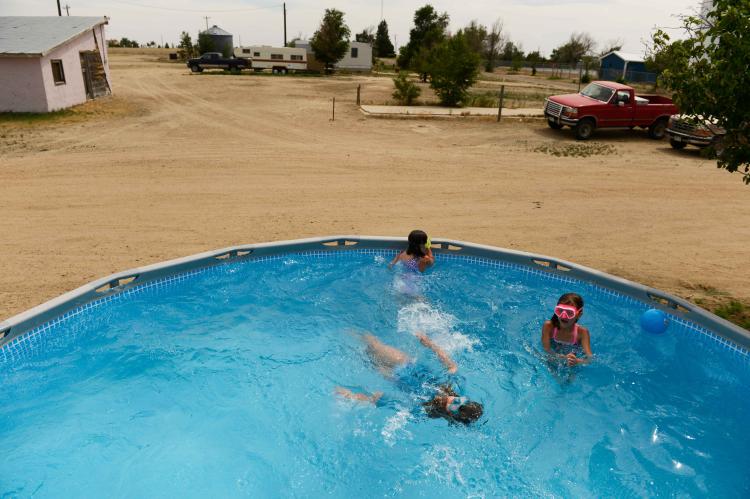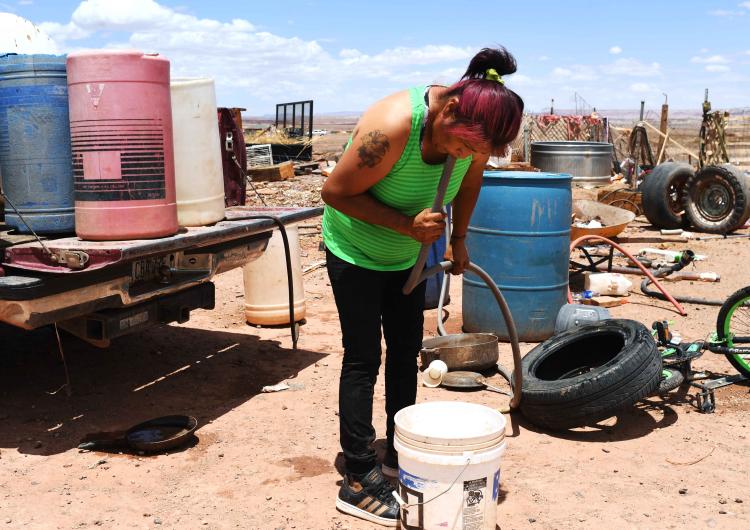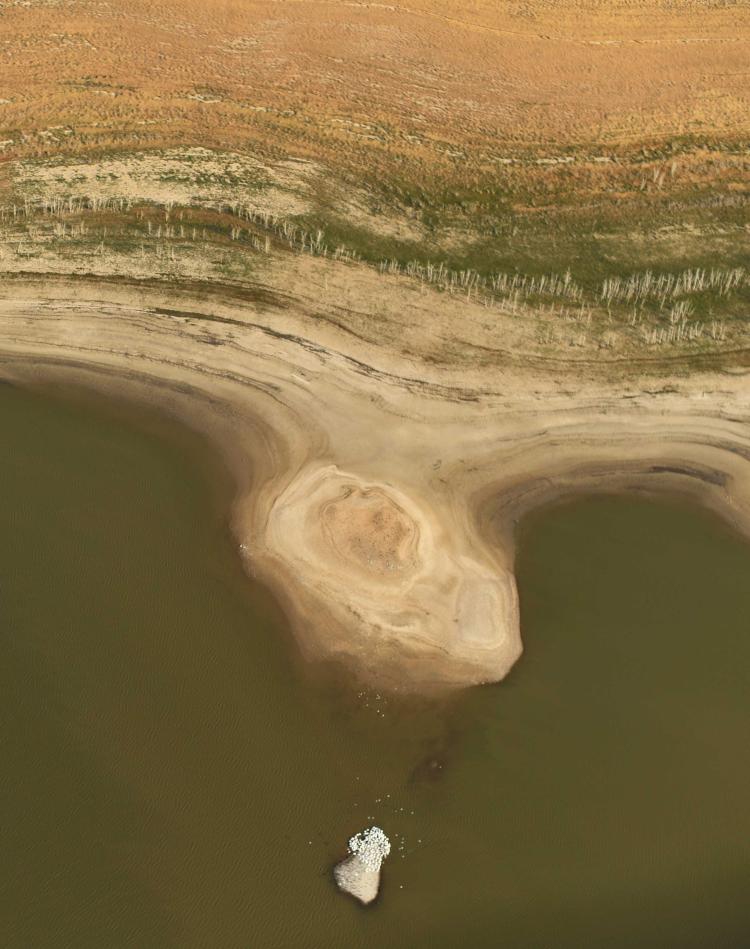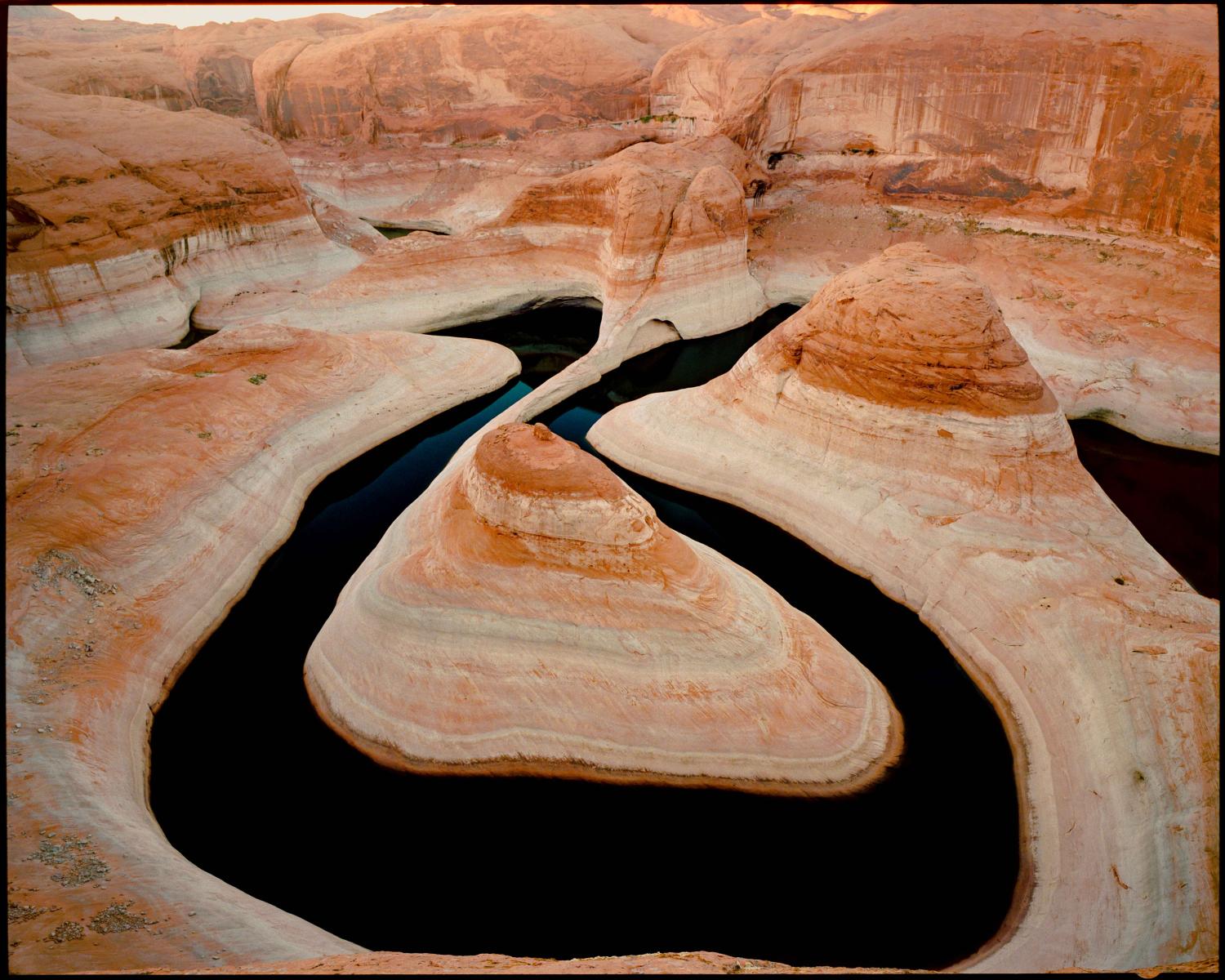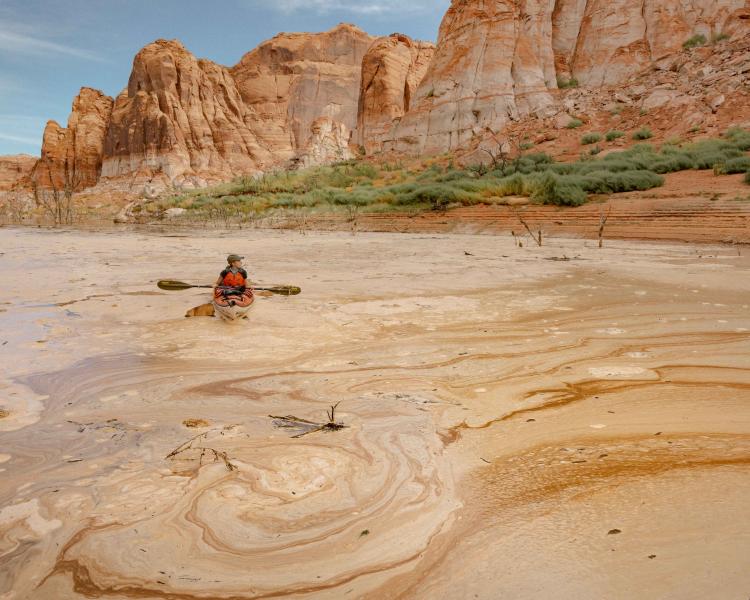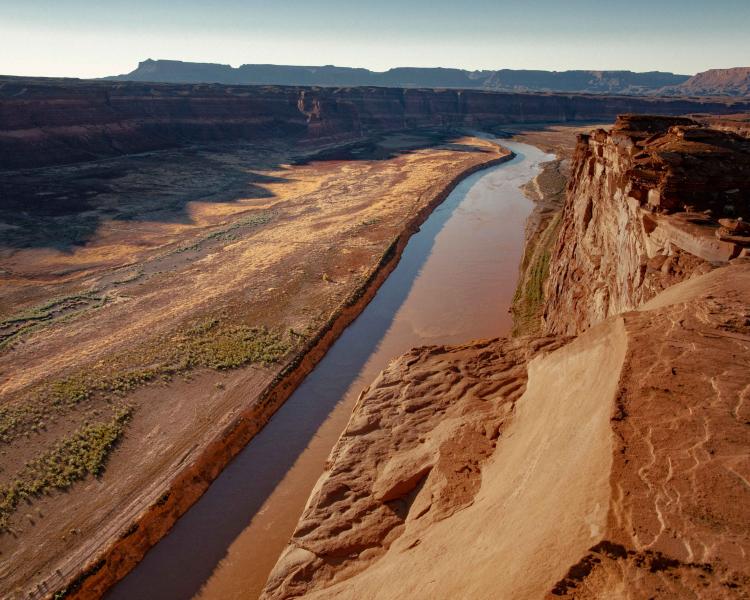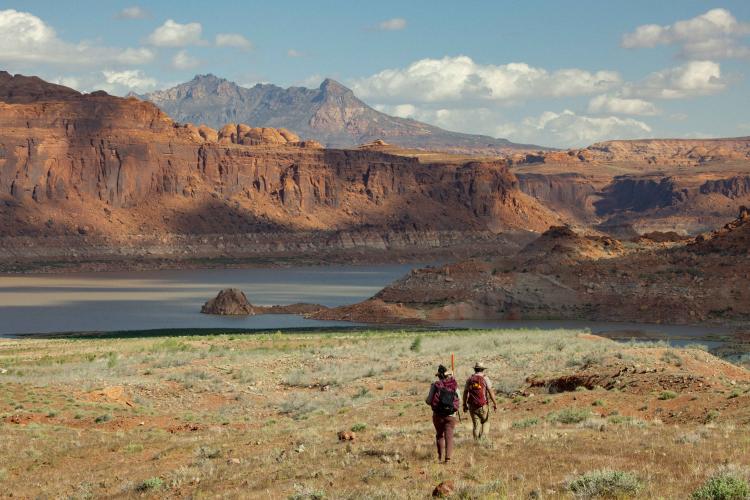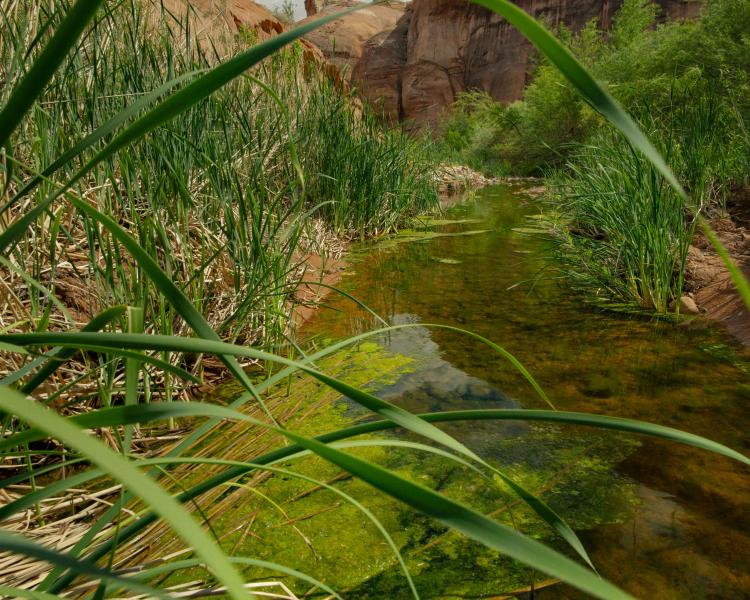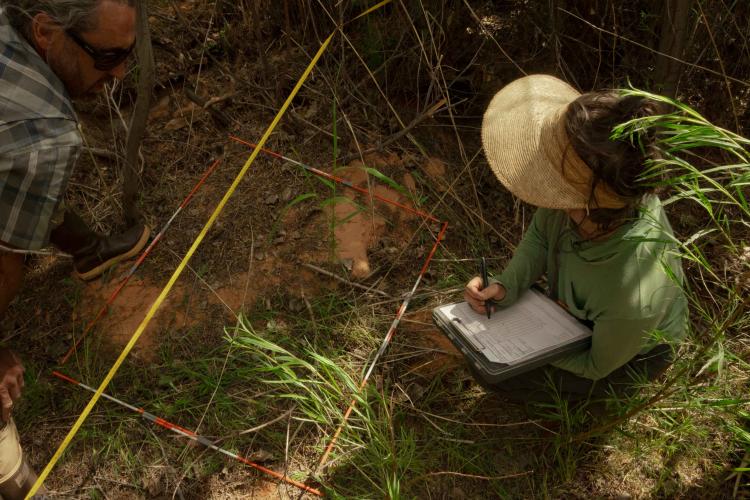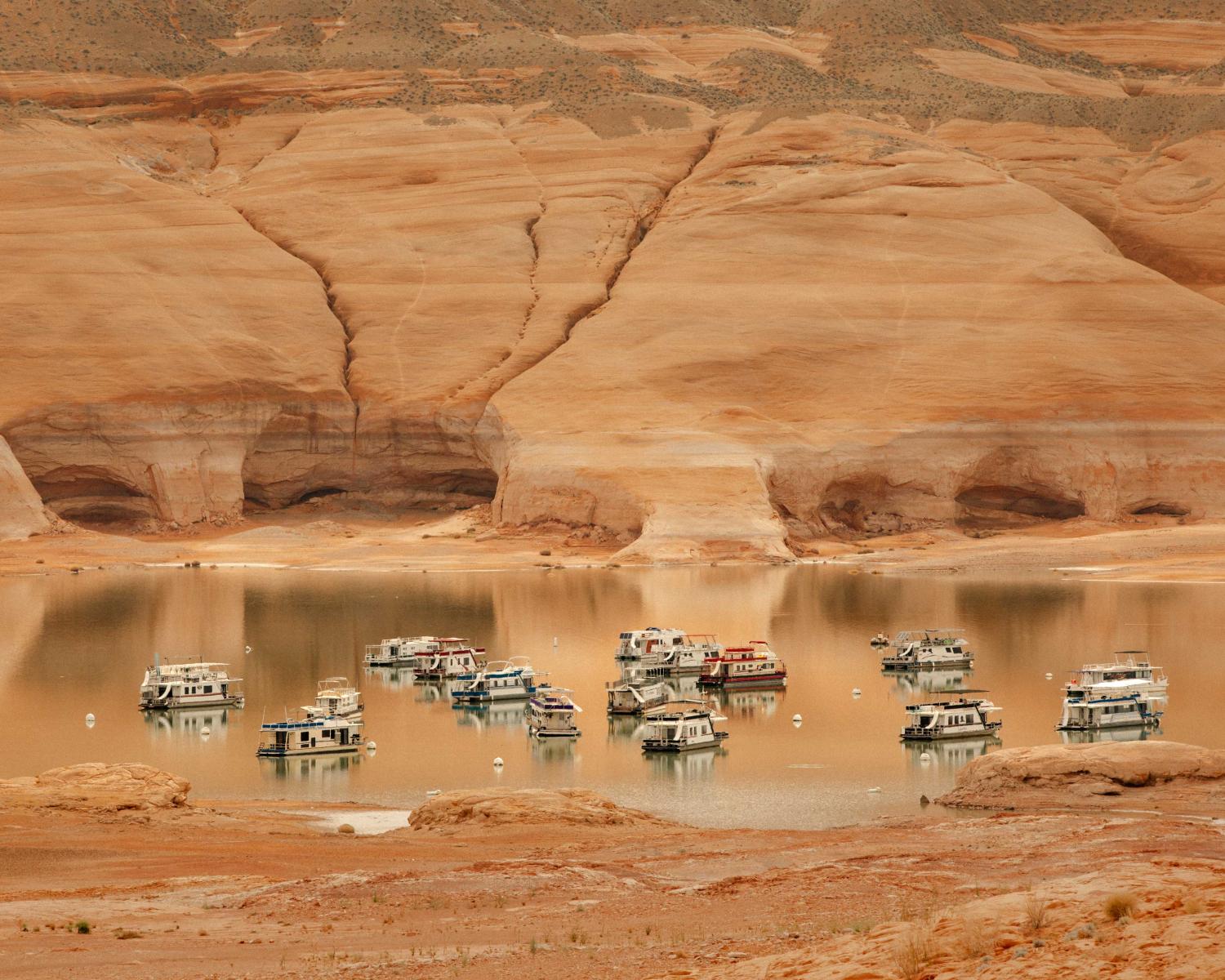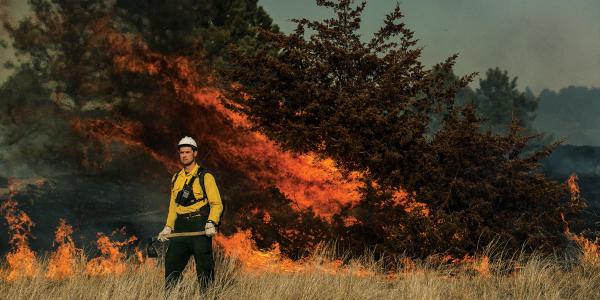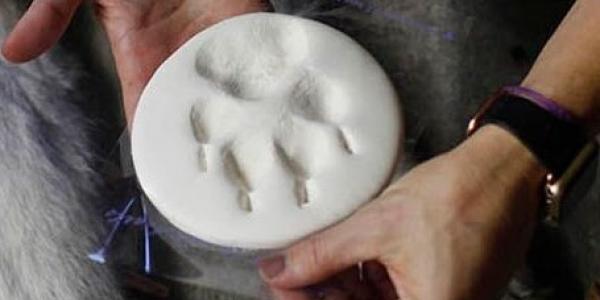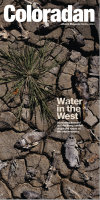Dead fish line the sun-baked shore of Neenoshe Reservoir in eastern Colorado. Water in the sandy Arkansas River bed inches slowly eastward. Exposed rock, water lines, marooned boats and fresh green growth illustrate dramatic changes to the Colorado River and its tributaries happening at this very moment.
Two Colorado photojournalists on the front lines of Western water’s decline have captured these pivotal scenes — and in doing so, RJ Sangosti and Elliot Ross convey the consequences of hundred-year-old legal agreements, showcase what’s at stake and start conversations that will shape not only the future of Western water, but the rights of the people who rely on it.
“Drought, climate change and water issues in the West — no matter if it’s in the Colorado or Arkansas river basin, it’s all tied together,” said Sangosti.
The photographers received Ted Scripps Fellowships, a philanthropy-funded program celebrating over 25 years at CU Boulder’s Center for Environmental Journalism. As the region’s environment and its resources rapidly change, seeing is believing.


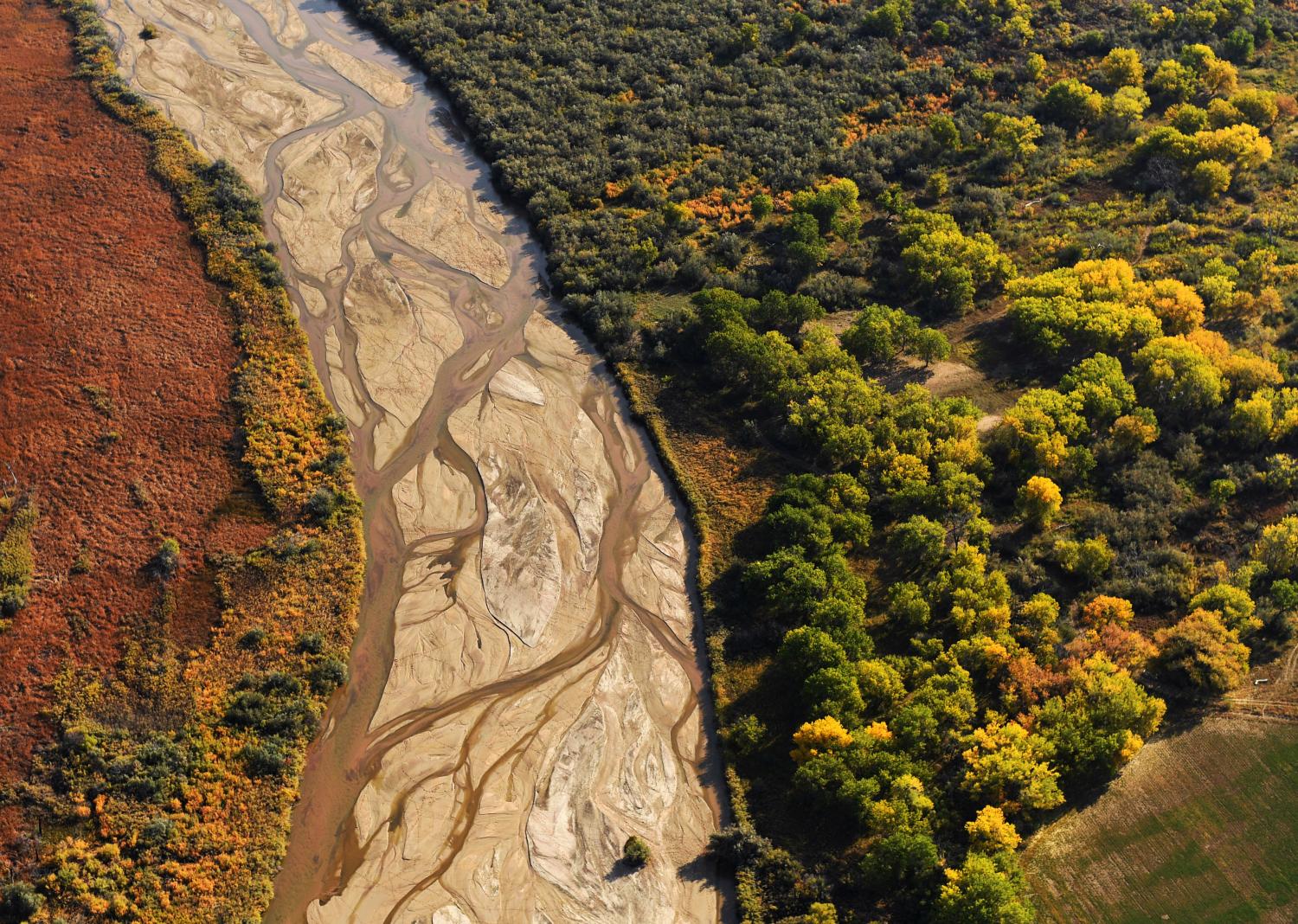
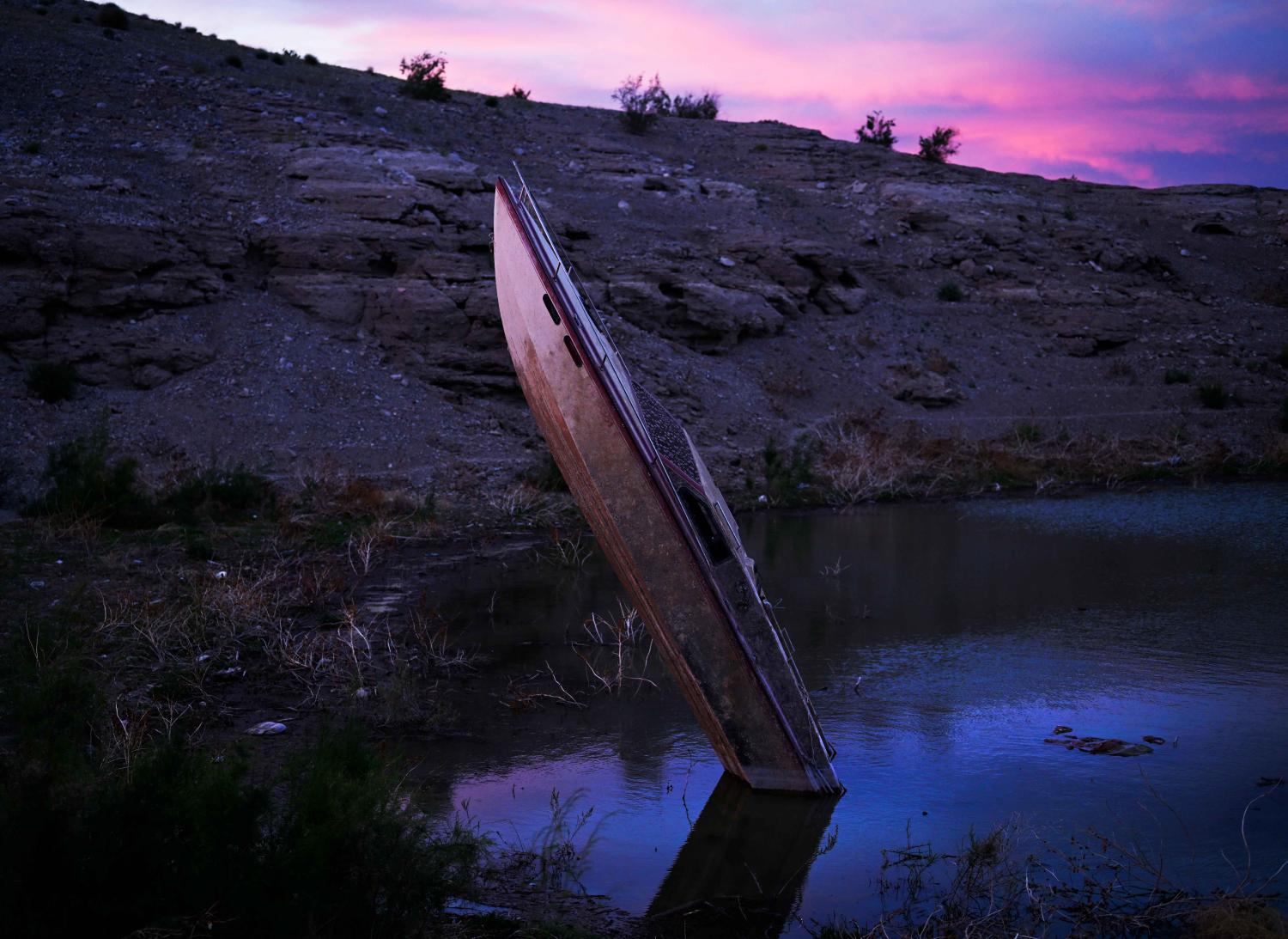
 RJ Sangosti
RJ Sangosti